Home>Gardening & Outdoor>Landscaping Ideas>What Insects Eat Grass
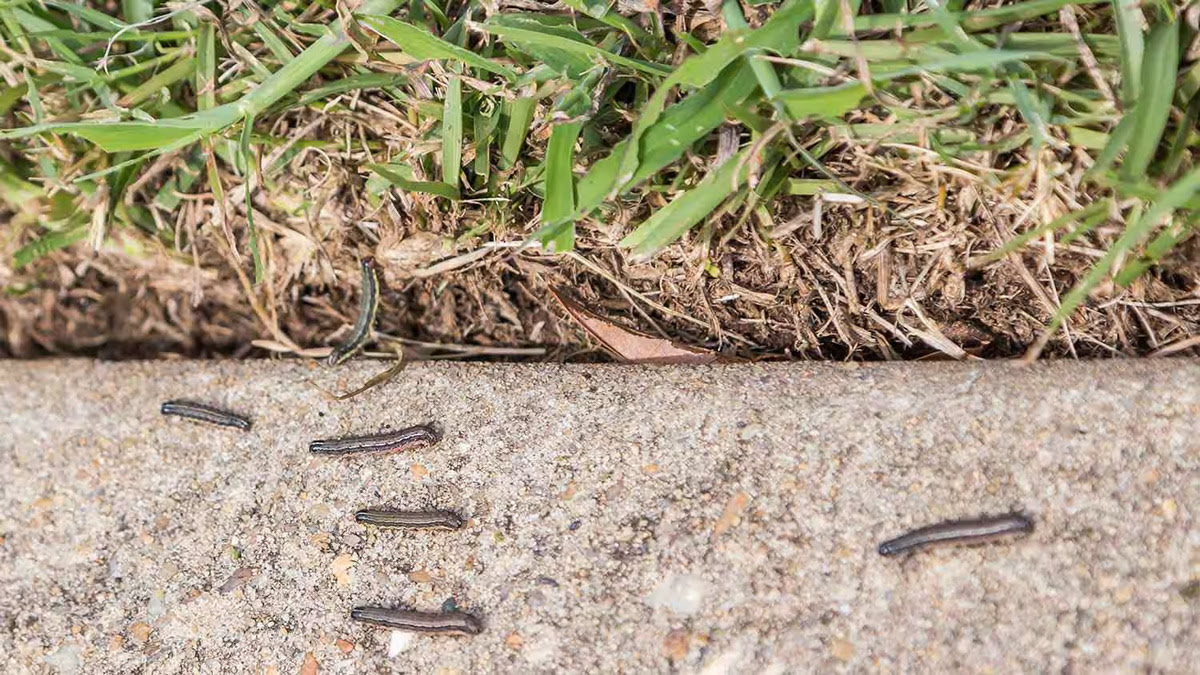

Landscaping Ideas
What Insects Eat Grass
Modified: February 18, 2024
Discover the best landscaping ideas for controlling insects that eat grass. Create a pest-free lawn with these effective strategies.
(Many of the links in this article redirect to a specific reviewed product. Your purchase of these products through affiliate links helps to generate commission for Storables.com, at no extra cost. Learn more)
Introduction
Welcome to the fascinating world of grass-feeding insects, where tiny creatures play a significant role in the ecosystem. Insects that feed on grass are an integral part of the natural food chain, contributing to the balance of various ecosystems. This article aims to explore the intriguing realm of insects that eat grass, shedding light on the types of insects involved, their impact on the environment, and effective measures for their control and management.
Grass-feeding insects encompass a diverse array of species, each with its own unique feeding habits and ecological significance. Understanding their role in the environment is crucial for maintaining the delicate balance of ecosystems and preserving the health of grasslands and agricultural landscapes.
Join us on a journey into the world of grass-feeding insects as we uncover the secrets of these tiny yet influential creatures and explore the measures to coexist with them harmoniously.
Key Takeaways:
- Grass-feeding insects, like grasshoppers and caterpillars, play a vital role in ecosystems by balancing plant populations and supporting wildlife, but may require management in agricultural settings.
- Effective control of grass-feeding insects involves biological, cultural, and chemical methods, as well as monitoring and education, to maintain ecological balance and sustainable agricultural practices.
Read more: What Eats Grass
Grass-feeding Insects
Grass-feeding insects, also known as herbivorous insects, are a diverse group of invertebrates that primarily consume grass as a source of sustenance. These insects play a pivotal role in various ecosystems, contributing to nutrient cycling, decomposition, and the intricate web of interactions within the environment.
From the microscopic leafhoppers to the iconic grasshoppers and caterpillars, grass-feeding insects exhibit a wide range of feeding strategies and adaptations. Many of these insects have evolved specialized mouthparts and digestive systems to efficiently process and extract nutrients from grass, enabling them to thrive in grassland habitats.
One of the most intriguing aspects of grass-feeding insects is their remarkable diversity, with thousands of species spanning different taxonomic groups. This diversity gives rise to a complex network of interactions between insects, grasses, and other organisms, shaping the dynamics of grassland ecosystems.
Furthermore, grass-feeding insects serve as a vital food source for various predators and parasitoids, forming an essential link in the food chain. Their presence influences the abundance and distribution of other organisms, contributing to the overall biodiversity and ecological stability of grasslands.
As we delve deeper into the world of grass-feeding insects, we will unravel the fascinating adaptations, behaviors, and ecological significance of these remarkable creatures, gaining a newfound appreciation for their role in the natural world.
Types of Insects That Eat Grass
The realm of insects that consume grass encompasses a diverse array of species, each exhibiting unique characteristics and feeding behaviors. Among the most notable types of grass-feeding insects are grasshoppers, crickets, caterpillars, and leafhoppers.
Grasshoppers: These iconic insects are renowned for their ability to consume large quantities of grass, utilizing their powerful mandibles to chomp through vegetation. Grasshoppers thrive in grassland habitats and are known for their remarkable jumping abilities, allowing them to evade predators while foraging on grasses.
Crickets: Another group of grass-feeding insects, crickets are known for their distinctive chirping sounds and nocturnal habits. These adept herbivores feed on grass and plant matter, contributing to nutrient cycling and serving as a food source for various predators.
Caterpillars: The larval stage of butterflies and moths, caterpillars are voracious consumers of grass and foliage. Their chewing mouthparts enable them to feed extensively on grass, often exhibiting distinct coloration and patterns as a form of camouflage or aposematism to deter predators.
Leafhoppers: These small, agile insects are adept at feeding on grass by piercing plant tissues and extracting sap. While not as conspicuous as grasshoppers or caterpillars, leafhoppers play a significant role in the ecology of grasslands and agricultural settings, influencing plant health and nutrient dynamics.
These are just a few examples of the diverse types of insects that feed on grass, each contributing to the intricate web of interactions within grassland ecosystems. As we explore the fascinating world of grass-feeding insects, we will uncover a multitude of species with unique adaptations and ecological roles, enriching our understanding of the natural world.
Some insects that eat grass include grasshoppers, crickets, and caterpillars. These insects can cause damage to lawns and crops, so it’s important to monitor and control their populations to prevent extensive damage.
Impact of Insects Eating Grass
The consumption of grass by insects has far-reaching implications for ecosystems, agriculture, and the overall balance of natural habitats. While the impact of insects eating grass may vary depending on the specific species and environmental context, several key factors highlight the significance of this ecological interaction.
Ecological Balance: Grass-feeding insects contribute to the regulation of plant populations, preventing unchecked growth and maintaining a balance between grasses and other vegetation. By consuming grass, these insects influence the structure and composition of plant communities, shaping the dynamics of grassland ecosystems.
Nutrient Cycling: The feeding activities of grass-feeding insects play a crucial role in nutrient cycling within ecosystems. As insects consume grass and excrete waste, they contribute to the redistribution of nutrients, facilitating the decomposition of organic matter and the recycling of essential elements within the soil and vegetation.
Agricultural Impact: In agricultural settings, certain grass-feeding insects can pose significant challenges to crop production. Pests such as grasshoppers and caterpillars have the potential to cause damage to grassland crops, leading to economic losses and necessitating pest management strategies to mitigate their impact.
Wildlife Support: The presence of grass-feeding insects provides essential food sources for a wide range of wildlife, including birds, small mammals, and other invertebrates. By serving as a link in the food chain, these insects contribute to the overall biodiversity and ecological stability of grassland habitats.
Overall, the impact of insects eating grass extends beyond mere consumption, influencing the intricate balance of ecosystems, nutrient dynamics, and the interconnected web of life within natural and agricultural landscapes. Understanding and appreciating the role of these insects is essential for maintaining the health and resilience of grassland ecosystems while addressing potential challenges in agricultural settings.
Control and Management of Grass-feeding Insects
Effectively managing grass-feeding insects is essential for preserving the health of grasslands, safeguarding agricultural crops, and maintaining ecological balance. Various strategies and approaches are employed to control the populations of these insects while minimizing environmental impact and promoting sustainable practices.
Biological Control: One of the key methods for managing grass-feeding insects is the use of biological control agents, such as natural predators, parasitoids, and pathogens. Introducing or conserving natural enemies of grass-feeding insects can help regulate their populations and reduce the need for chemical interventions.
Cultural Practices: Implementing cultural practices, such as crop rotation, intercropping, and maintaining diverse vegetation, can disrupt the life cycles of grass-feeding insects and create less favorable conditions for their proliferation. These practices contribute to integrated pest management (IPM) approaches that emphasize sustainable and holistic pest control methods.
Chemical Control: In situations where grass-feeding insects pose significant threats to agricultural production, targeted and judicious use of insecticides may be necessary. Integrated pest management programs prioritize the use of selective and environmentally friendly insecticides while minimizing non-target effects and promoting responsible application practices.
Monitoring and Early Detection: Regular monitoring of grassland ecosystems and agricultural landscapes enables early detection of grass-feeding insect populations, allowing for timely intervention and the implementation of appropriate control measures. By monitoring insect populations and their impact on vegetation, proactive management strategies can be employed to mitigate potential damage.
Research and Education: Continued research into the biology, behavior, and ecology of grass-feeding insects is essential for developing effective management strategies. Furthermore, education and outreach efforts aimed at farmers, land managers, and the general public play a crucial role in promoting awareness of grass-feeding insects and the importance of sustainable pest management practices.
By integrating these approaches and fostering a comprehensive understanding of grass-feeding insects and their ecological roles, effective control and management strategies can be implemented to mitigate potential impacts while promoting the resilience and sustainability of grassland ecosystems and agricultural landscapes.
Read more: What Eats The Grass
Conclusion
The intricate relationship between insects and grasses underscores the dynamic interplay within ecosystems, shaping the landscapes we inhabit and the natural world around us. From the resilient grasshoppers to the industrious leafhoppers, grass-feeding insects contribute to the intricate tapestry of life, influencing the health of grasslands and agricultural environments.
Understanding the types of insects that eat grass and their ecological impact provides valuable insights into the delicate balance of natural ecosystems. While these insects play a vital role in nutrient cycling, wildlife support, and ecological balance, their presence can also pose challenges in agricultural settings, necessitating thoughtful management and control strategies.
By embracing integrated pest management approaches, incorporating biological control methods, and fostering sustainable agricultural practices, we can coexist harmoniously with grass-feeding insects while minimizing potential disruptions to ecosystems and crop production. Furthermore, ongoing research and education are essential for enhancing our understanding of these insects and promoting informed decision-making in pest management and conservation efforts.
As we navigate the complex web of interactions within grassland ecosystems, a deeper appreciation for the role of grass-feeding insects emerges, highlighting their significance in shaping the diversity, resilience, and ecological vitality of these habitats. By recognizing the value of these tiny yet influential creatures, we can strive to foster a balanced coexistence that sustains the intricate connections between insects, grasses, and the broader natural world.
Join us in celebrating the remarkable world of grass-feeding insects, where the humble act of consuming grass reverberates through the intricate tapestry of life, enriching the ecosystems we cherish and the landscapes we call home.
Frequently Asked Questions about What Insects Eat Grass
Was this page helpful?
At Storables.com, we guarantee accurate and reliable information. Our content, validated by Expert Board Contributors, is crafted following stringent Editorial Policies. We're committed to providing you with well-researched, expert-backed insights for all your informational needs.
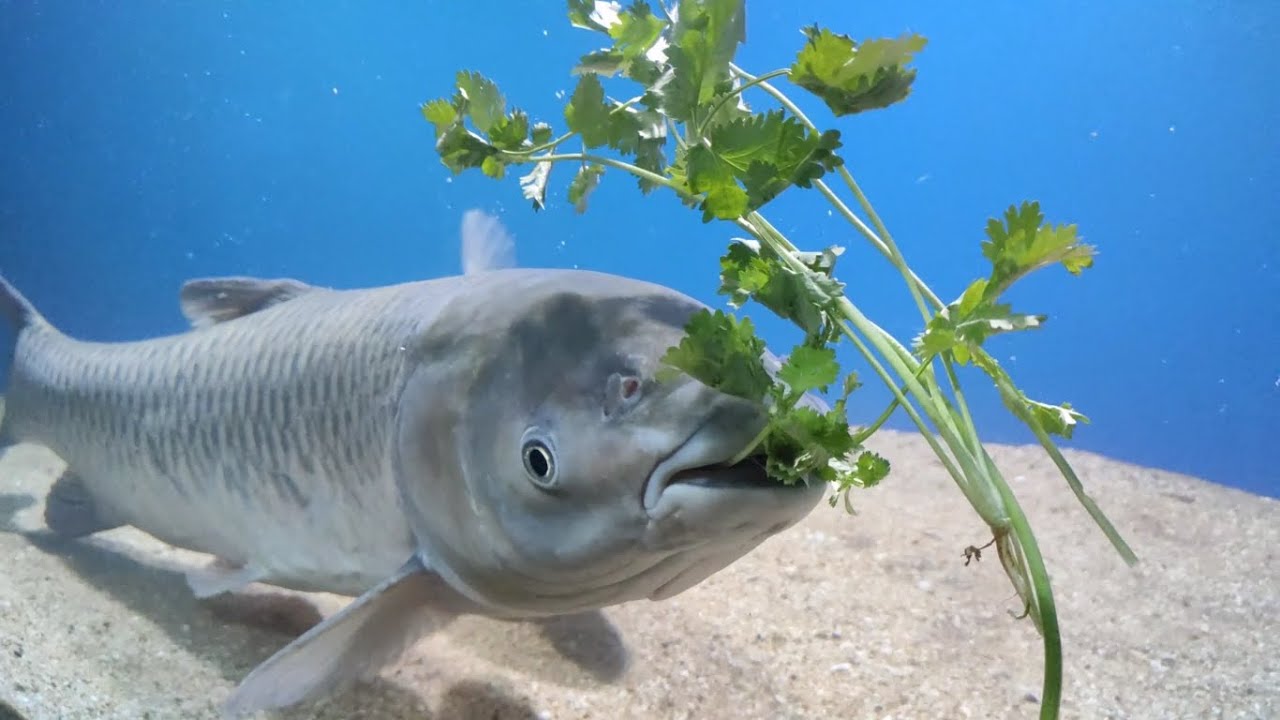
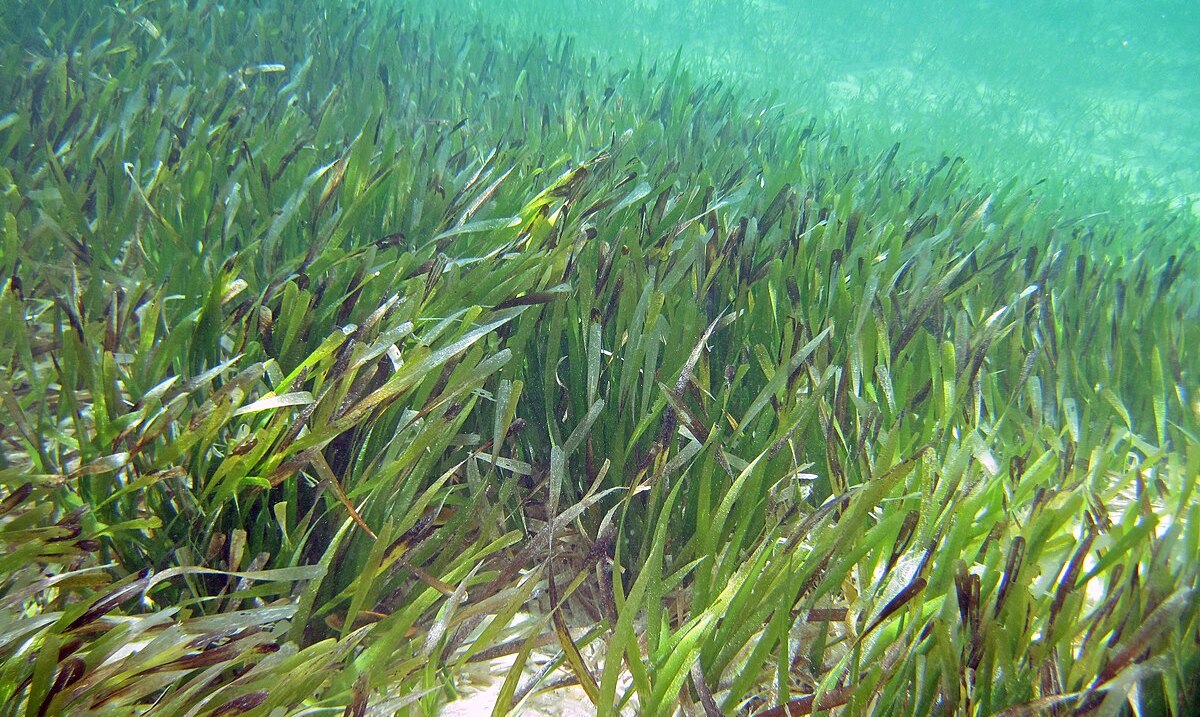
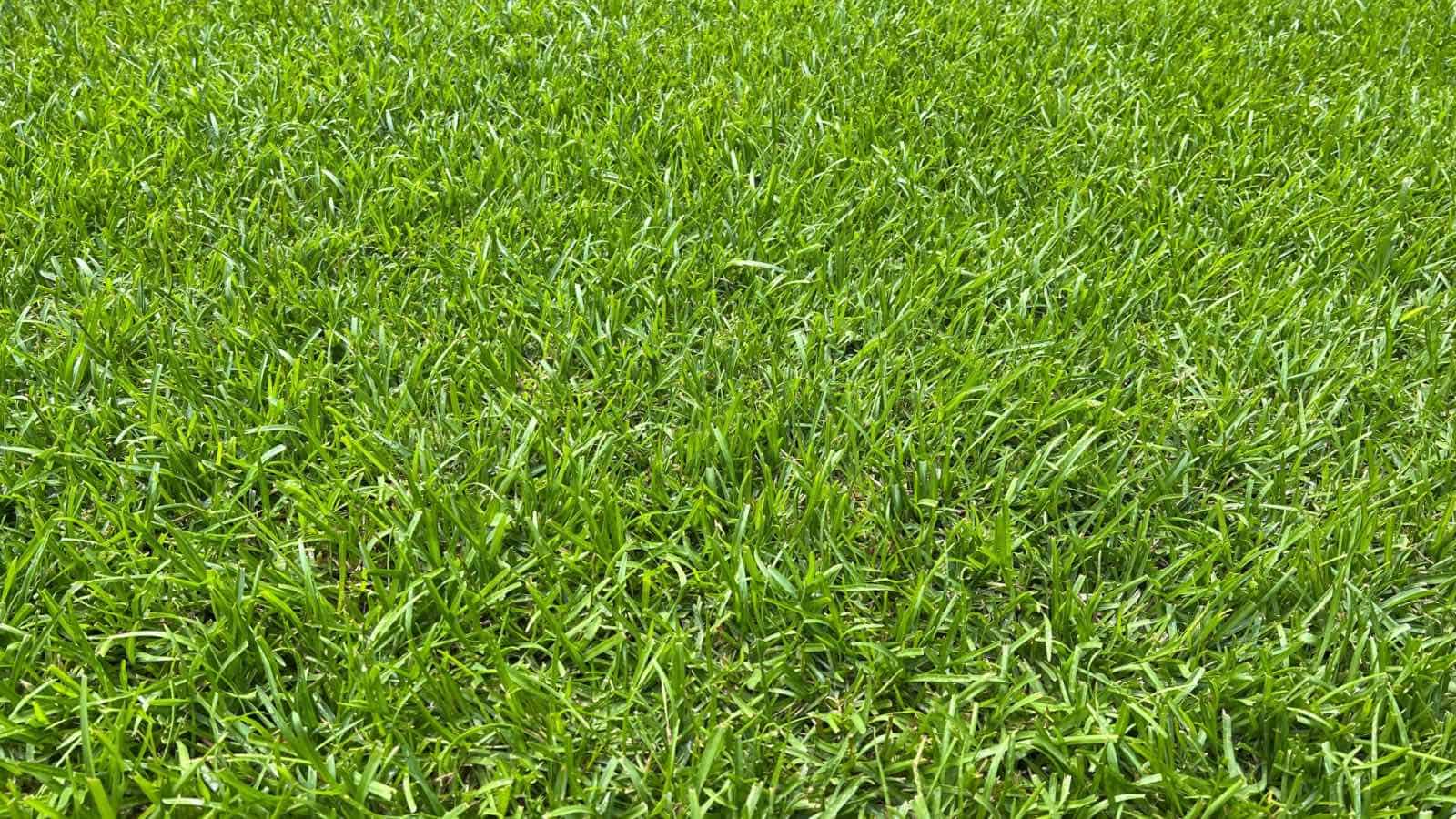
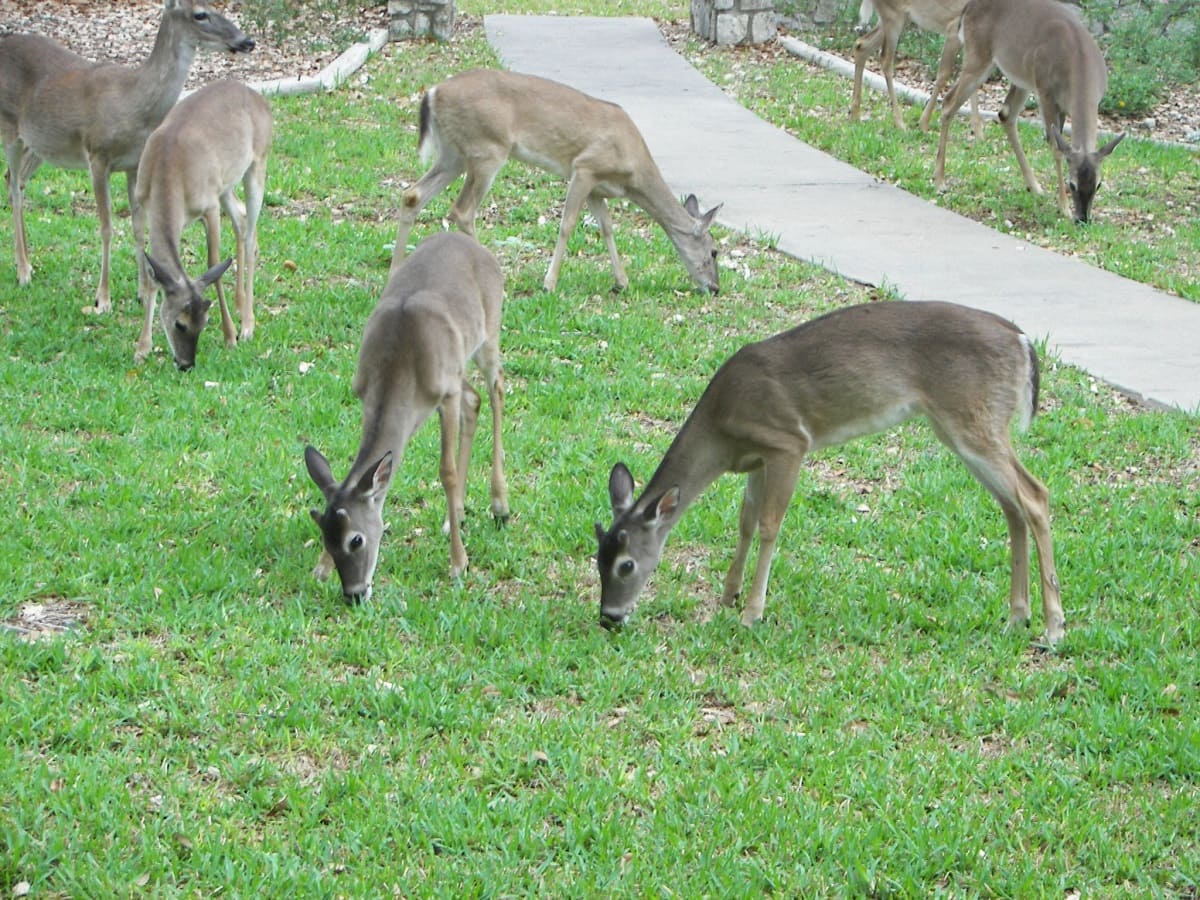
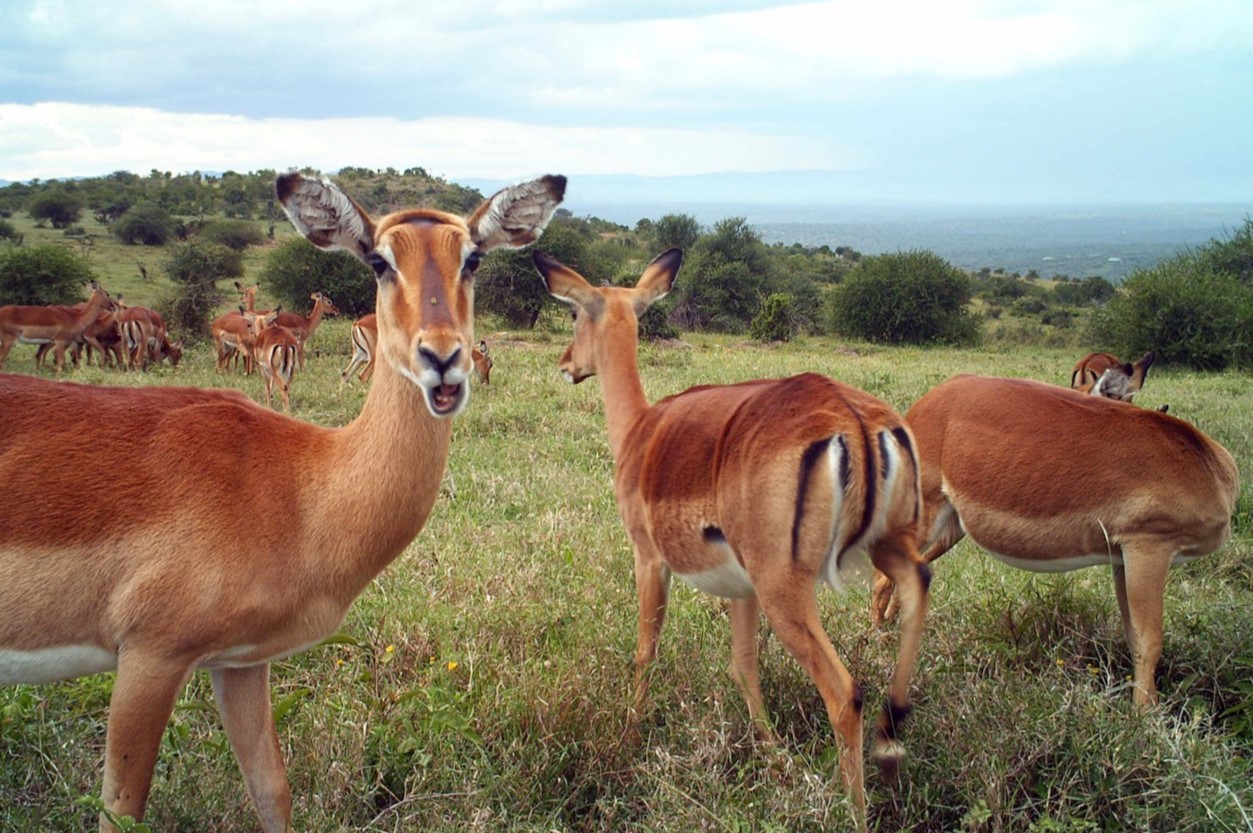
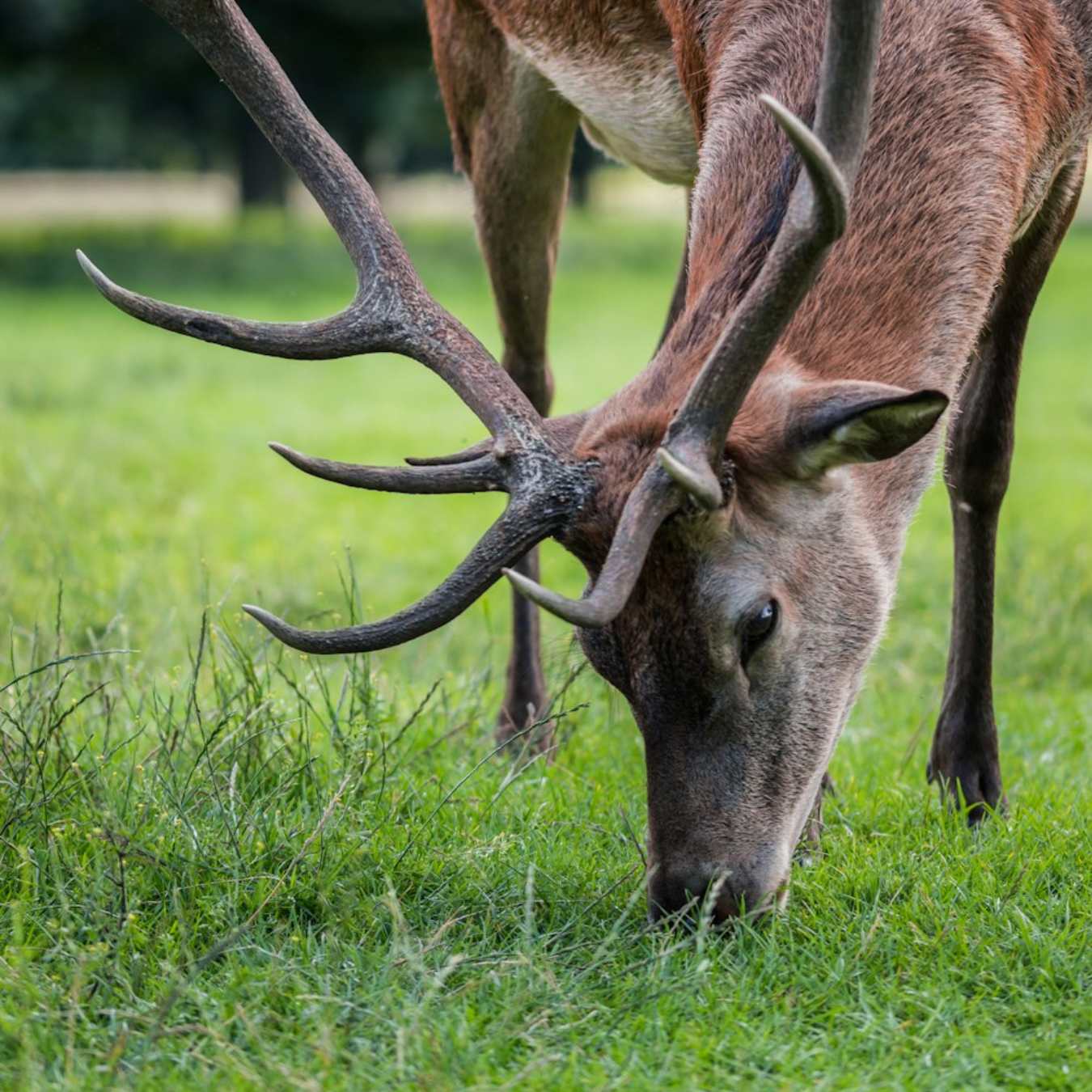
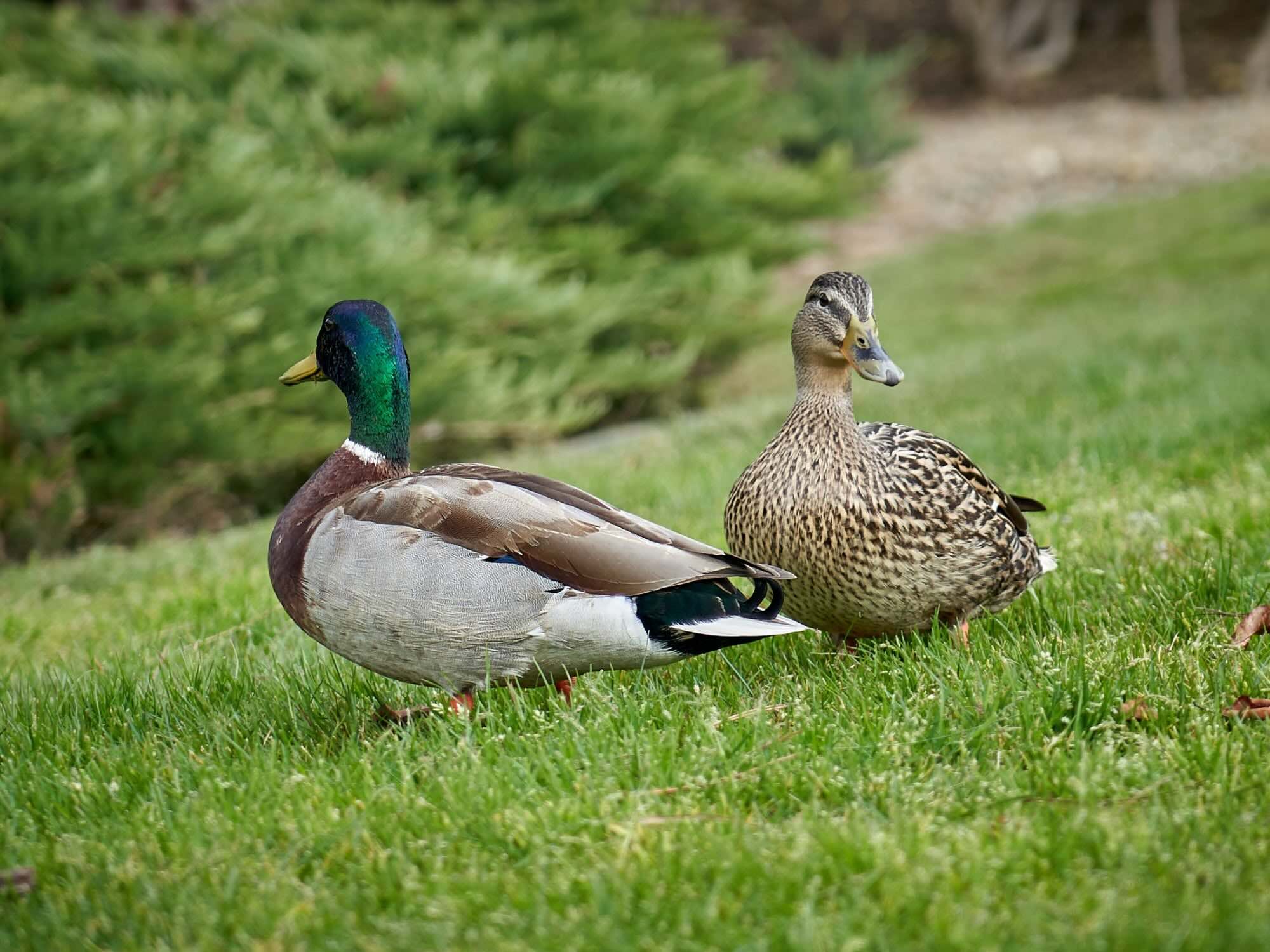

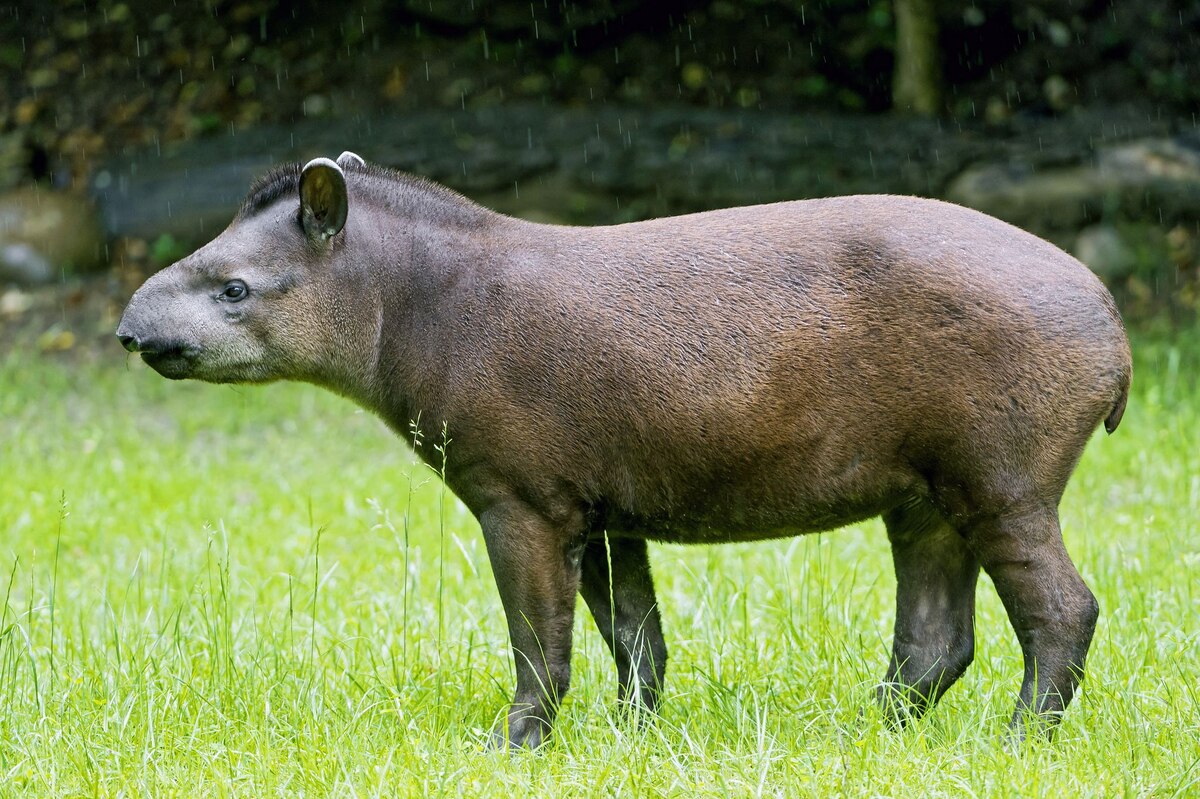
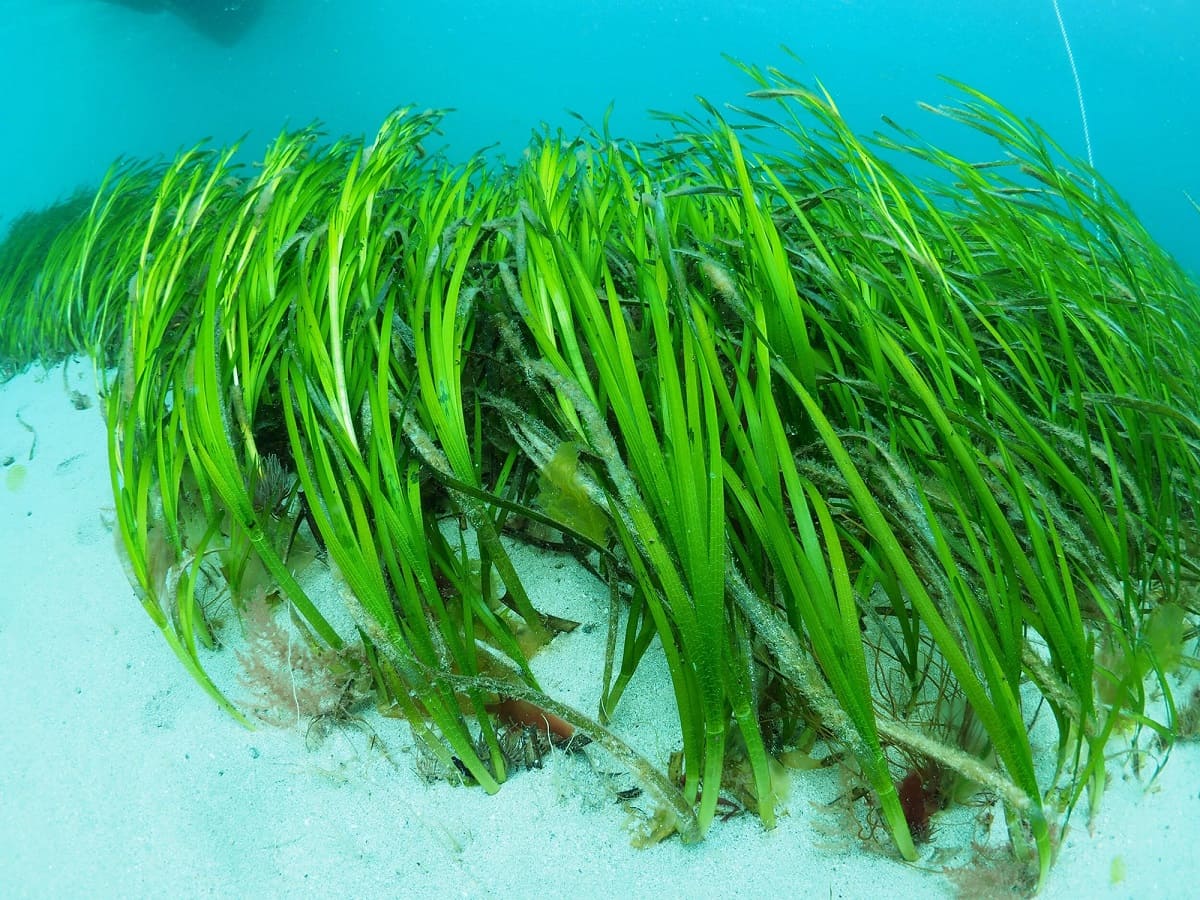
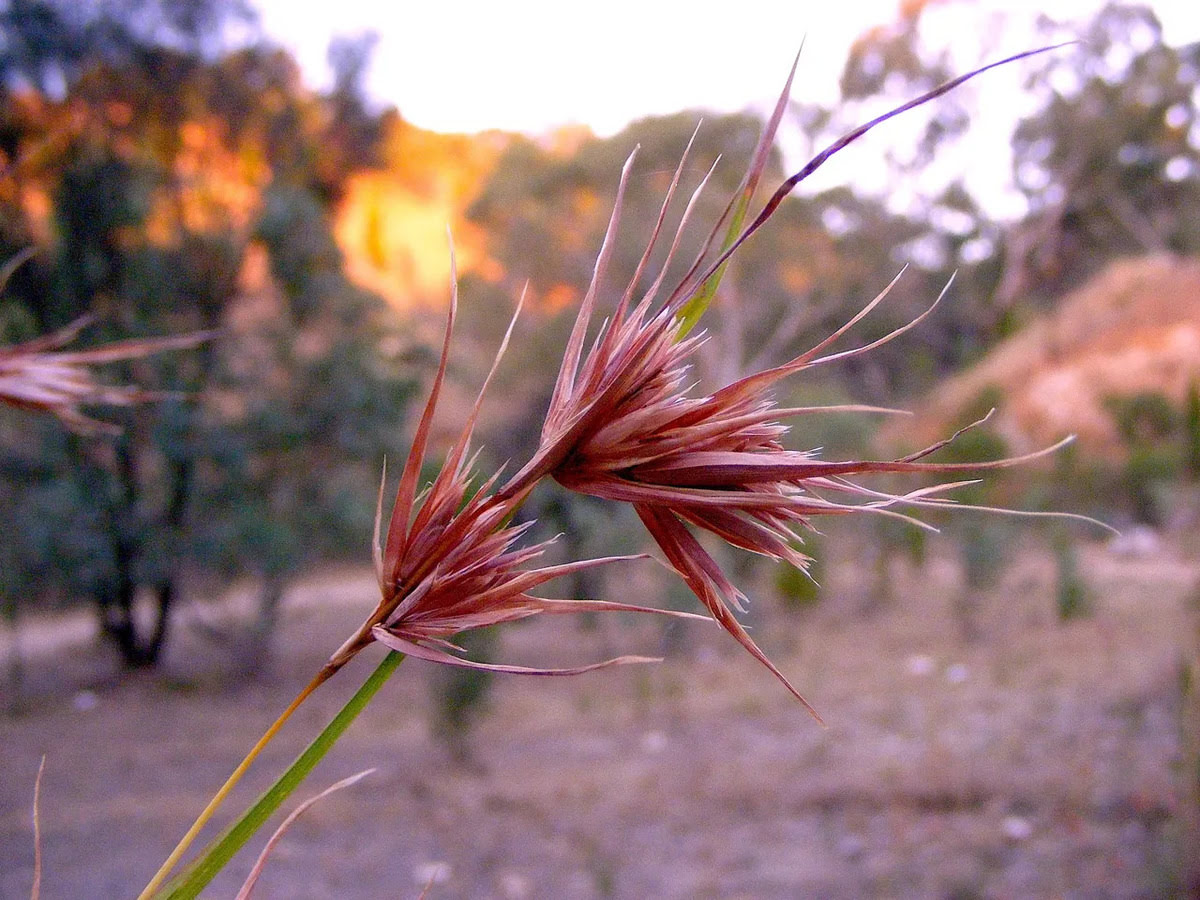
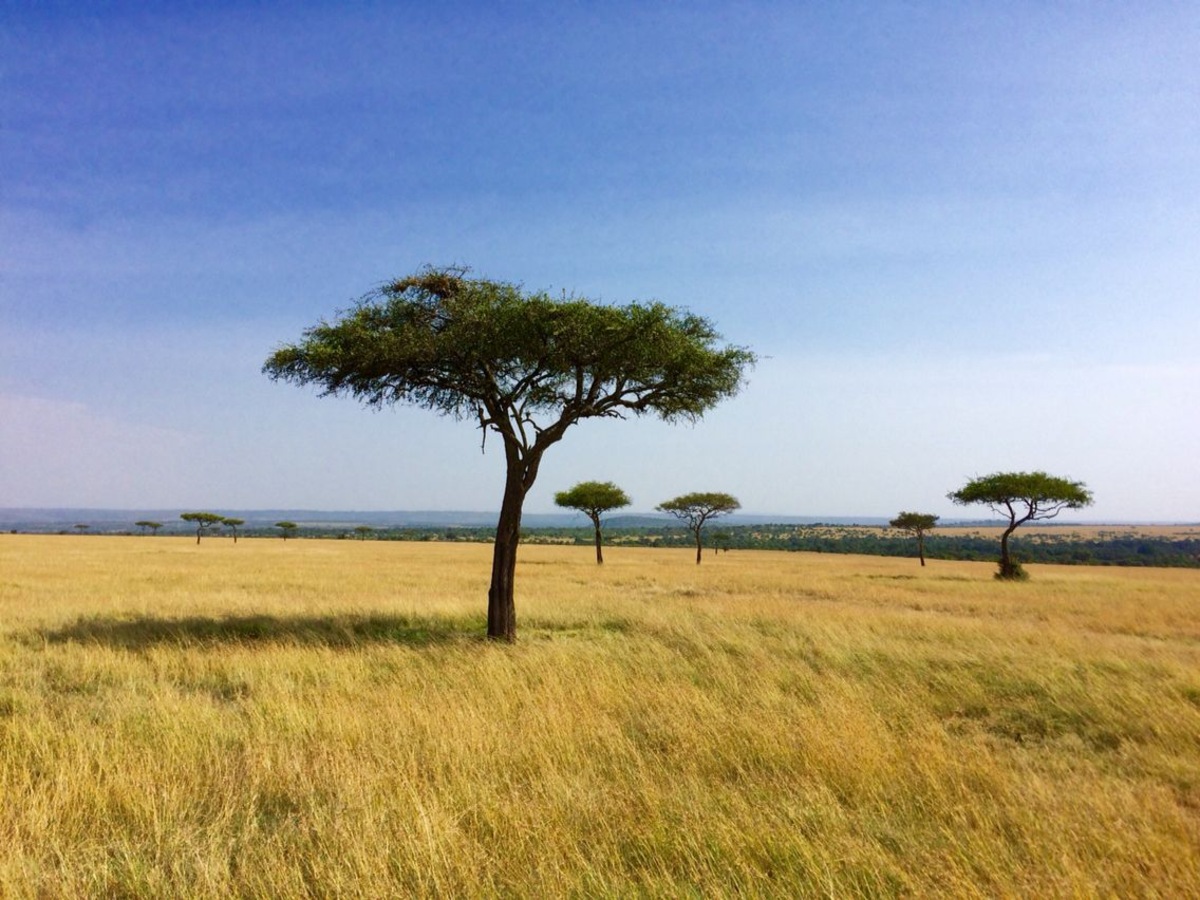
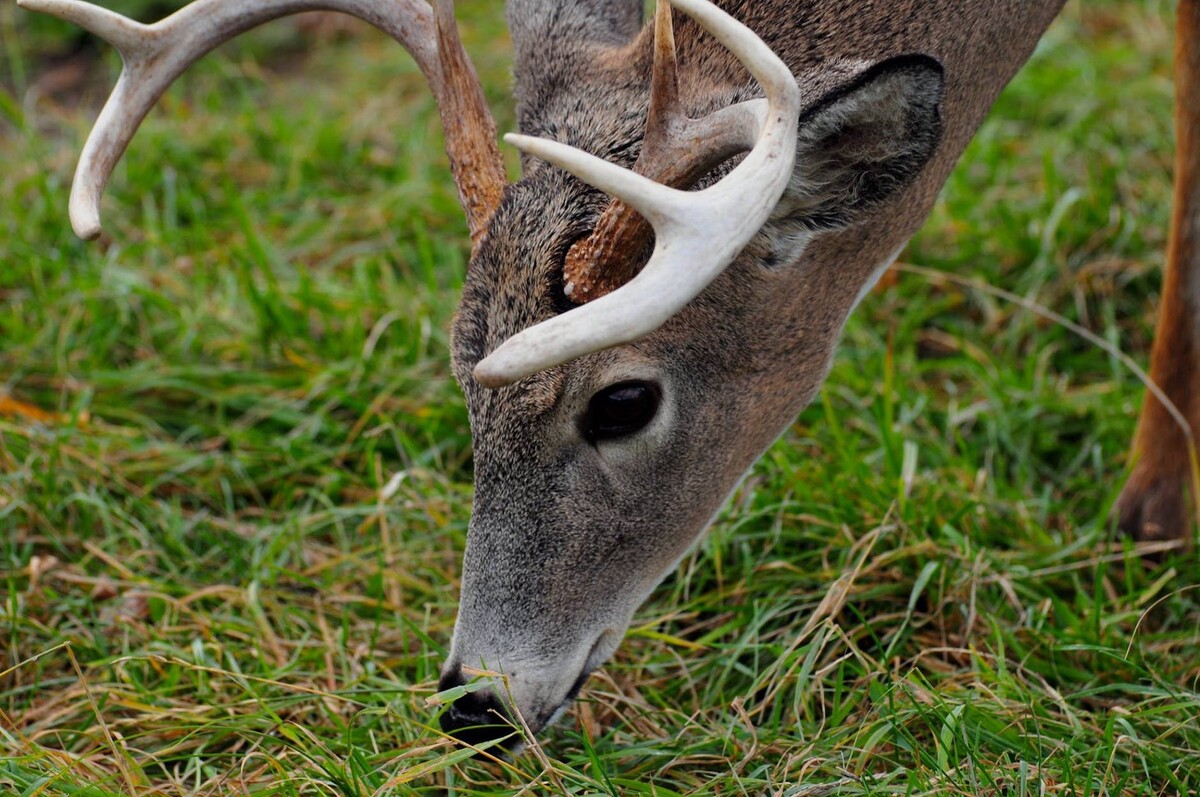
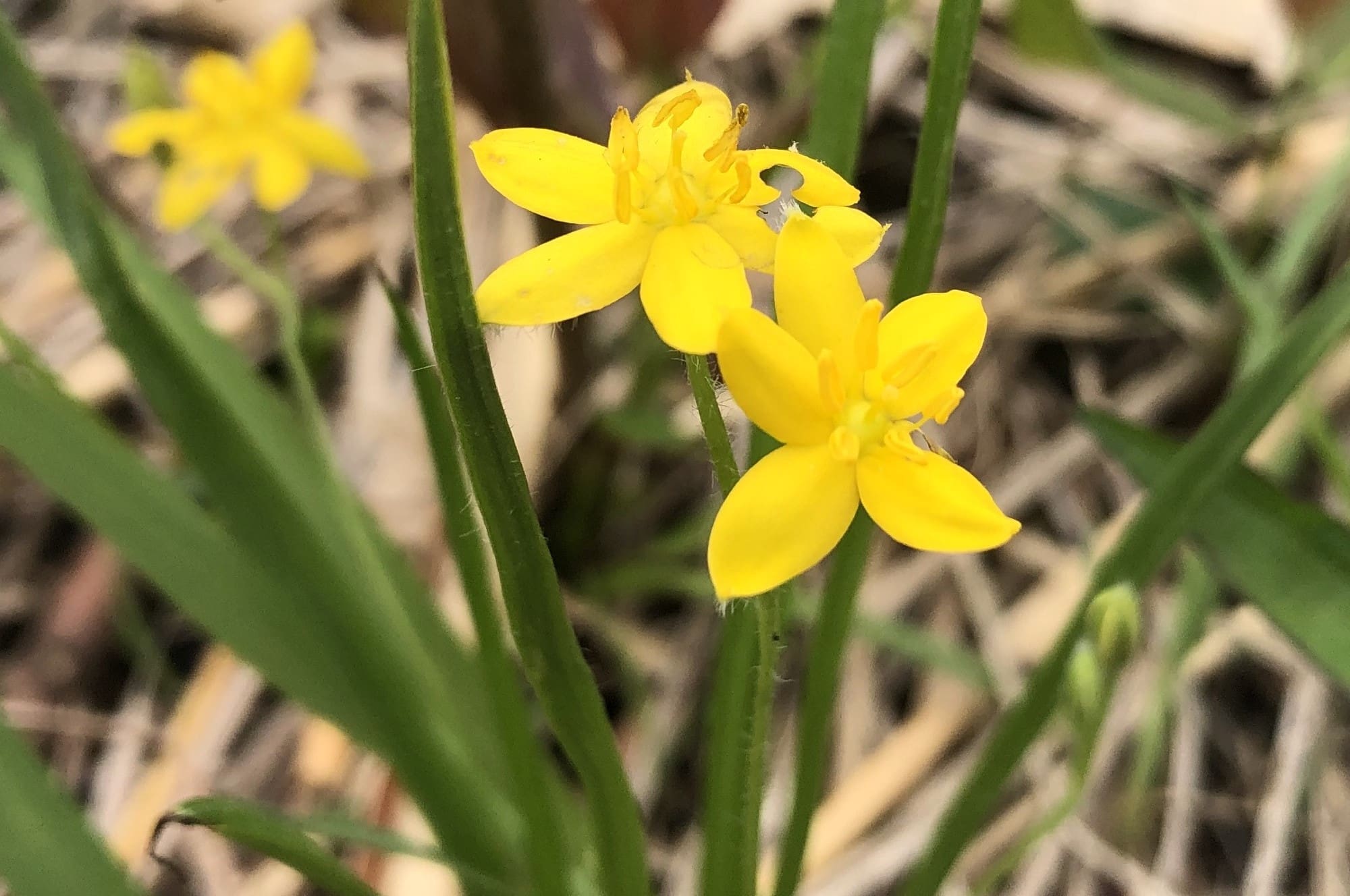

0 thoughts on “What Insects Eat Grass”